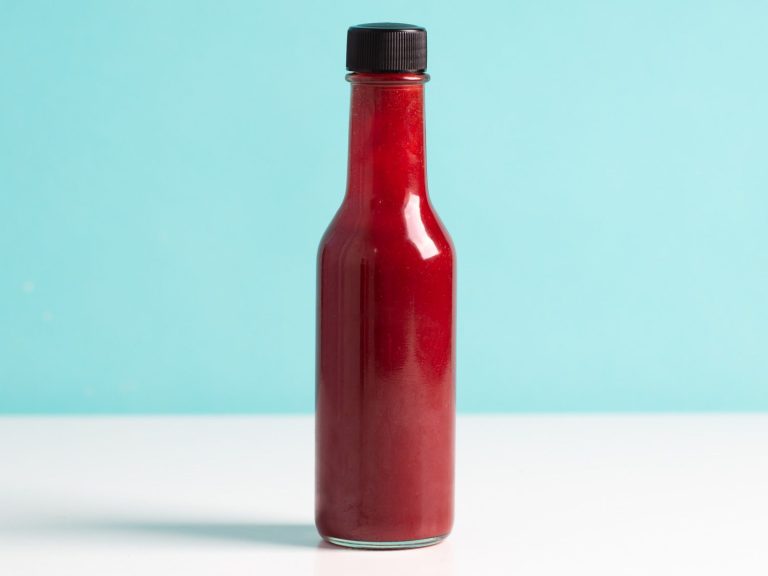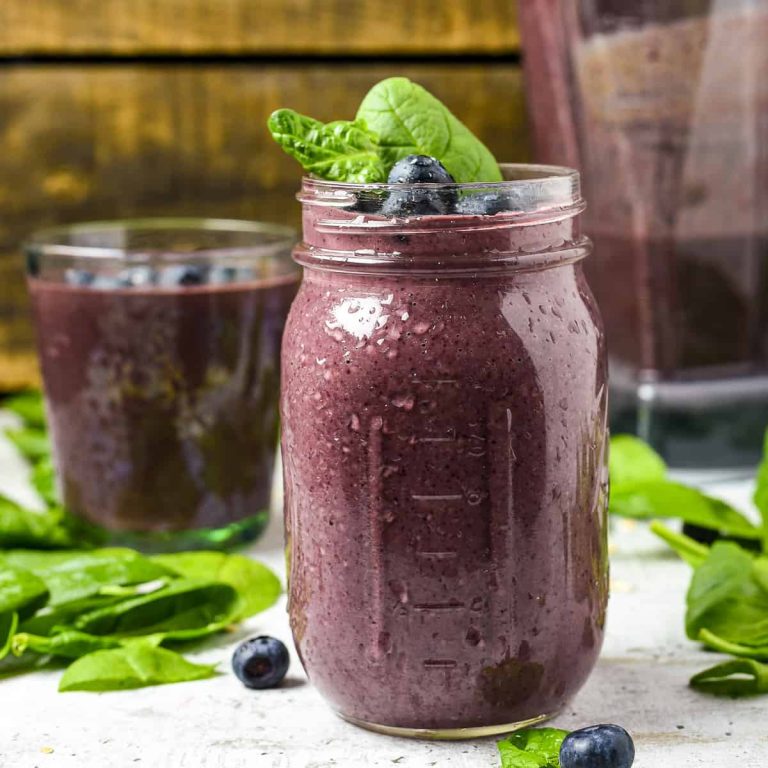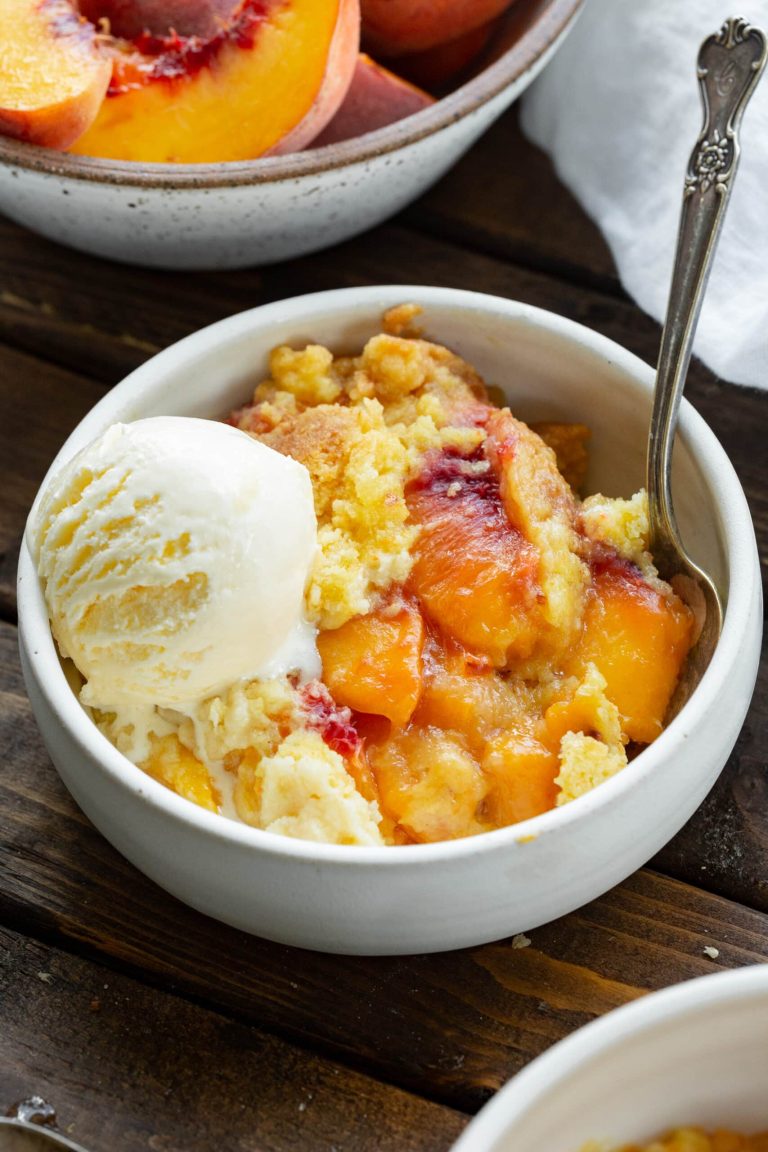Tonkatsu Japanese Style Crispy Fried Pork Cutlets: History, Recipe, and Health Tips
Tonkatsu originated in Japan in the late 19th century. It started as a variant of European breaded and fried meat dishes. The dish first appeared in Rengatei, a restaurant in Tokyo, around 1899. Tonkatsu’s initial form included beef cuts before the shift to pork, which better suited Japanese tastes. Influenced by Western culinary techniques, Tonkatsu integrated Japanese rice and pickled vegetables, creating a unique fusion.
Evolution and Regional Variations
Over time, Tonkatsu evolved to include regional variations across Japan. Kansai-style Tonkatsu, commonly found in Osaka, uses a thinner pork cutlet and a lighter panko breading. Kanto-style, popular in Tokyo, features a thicker cut and a coarser breadcrumb coating. In Nagoya, Misokatsu replaces the traditional tonkatsu sauce with a rich, red miso-based one. Today, Tonkatsu remains a staple in Japanese cuisine, reflecting both its historical roots and regional diversity.
Key Ingredients of Tonkatsu Japanese Style Crispy Fried Pork Cutlets
The Cut of Pork Used
Pork loin and pork tenderloin are the most common cuts for Tonkatsu. Pork loin, which is slightly fatty, offers a richer flavor and tender texture. Pork tenderloin, leaner and more delicate, provides a lighter taste. Both cuts ensure a juicy interior when prepared correctly. Trim excess fat, then pound it evenly to ensure even cooking.
Panko Breadcrumbs and Their Impact on Texture
Panko breadcrumbs are essential for Tonkatsu’s crispy exterior. Unlike regular breadcrumbs, panko are larger and airier, creating a light, crunchy coating. This texture contrast enhances the overall eating experience. Toast panko slightly before breading the pork if you want an extra golden color. Panko’s unique structure absorbs less oil, yielding a less greasy result.
Cooking Techniques for the Perfect Tonkatsu
Deep-Frying Secrets
Select the right oil for deep-frying Tonkatsu, such as vegetable oil, canola oil, or peanut oil. Maintain oil temperature at 340°F (170°C). Use a deep-fry thermometer to monitor this. Keeping the oil at a consistent temperature ensures the pork cooks evenly and crisps perfectly.
Prepare the pork by seasoning it with salt and pepper. Dredge the pork cutlets in flour, dip them in beaten eggs, then coat them with panko breadcrumbs. Press the panko gently into the pork to ensure it adheres well. Avoid overcrowding the fryer, which can drop the oil temperature and result in greasy cutlets. Fry in batches to maintain the oil temperature and cook cutlets until they are golden brown and the internal temperature reaches 145°F (63°C). Drain on a wire rack to keep them crisp.
Achieving the Ideal Crispiness
Choose panko breadcrumbs for their airy texture. For even better results, toast the panko in a dry skillet until lightly golden before breading the pork. This pre-toasting step reduces the amount of oil panko absorbs, resulting in a crispier and less greasy Tonkatsu.
Cut the pork into thicker slices, around 1-inch, to balance the crunch of the panko with the juiciness of the pork. Press the breadcrumbs firmly into the meat to prevent them from falling off during frying. After frying, let the cooked cutlets rest on a wire rack rather than paper towels. This setup prevents steam from making the crust soggy.
Serve Tonkatsu immediately for the best texture, pairing it with shredded cabbage, steamed rice, and a tangy tonkatsu sauce to enhance the flavors and provide a balanced meal.
Serving and Presentation Suggestions
Traditional Accompaniments
Serve Tonkatsu with simple sides that enhance its flavor and texture. Shredded cabbage provides a fresh, crisp contrast to the fried pork cutlets. Add a lemon wedge to the plate so diners can squeeze fresh juice over the cabbage and Tonkatsu for added zest. Steamed white rice works well as a neutral base that complements the rich flavors of Tonkatsu. Drizzle tonkatsu sauce over the pork cutlets to deepen the taste.
Include a bowl of miso soup for a warm, savory addition to the meal. Pickles, such as Japanese pickled radish (takuan), offer a tangy crunch that cuts through the fried elements.
Modern Serving Ideas
To create a contemporary twist on Tonkatsu, incorporate diverse side dishes and plating styles. Serve Tonkatsu sliders by placing cutlet slices on small brioche buns with shredded cabbage and tonkatsu sauce. Create a Tonkatsu salad by slicing the cutlets and layering them over mixed greens, drizzling with a light vinaigrette.
Experiment with fusion flavors by serving Tonkatsu alongside kimchi and a sriracha-mayo dip. Pair with roasted vegetables like sweet potatoes and brussels sprouts for a hearty, balanced meal. Consider using Bento boxes for presentation, compartmentalizing the Tonkatsu, rice, and sides for a visually appealing and convenient meal.
Health Considerations of Tonkatsu
Caloric Content and Nutritional Information
Tonkatsu contains a significant amount of calories due to its deep-frying process. On average, a single cutlet provides about 400-500 calories, depending on its size and the specific cut of pork used. Additionally, it has around 25 grams of fat, primarily from the frying oil and pork fat. Protein content in Tonkatsu typically ranges from 20 to 25 grams per serving, contributing to muscle maintenance and repair. However, it’s also important to note the carbohydrate content, usually from the panko breadcrumbs, adding around 40-50 grams per serving.
Tonkatsu’s nutritional profile includes micronutrients like iron, selenium, and B-vitamins from the pork. Iron supports oxygen transport in the blood, selenium acts as an antioxidant, and B-vitamins play vital roles in energy metabolism. While Tonkatsu offers essential nutrients, the high calorie and fat content necessitates mindful consumption.
Tips for a Healthier Version
Modifying traditional Tonkatsu can produce a healthier version. First, choose lean cuts like pork tenderloin instead of pork loin to reduce fat content. Second, bake the cutlets at 400°F for 20-25 minutes instead of deep-frying them; this drastically cuts down on added fats and calories. Lightly spray the cutlets with cooking oil before baking to achieve a crispy texture.
Using whole-wheat panko breadcrumbs offers additional fiber and nutrients compared to regular panko. Additionally, try serving Tonkatsu with a side of steamed vegetables instead of the usual carb-heavy sides to enhance its nutritional value. Incorporate a lighter dipping sauce made from Greek yogurt, mustard, and lemon juice as a healthier alternative to traditional tonkatsu sauce. Lastly, moderating portion sizes ensures you enjoy Tonkatsu without excessive caloric intake.
Conclusion
Tonkatsu offers a delightful blend of crunchy texture and savory flavor that’s hard to resist. By mastering the traditional techniques and experimenting with healthier alternatives you can enjoy this Japanese classic guilt-free. Whether you stick to the authentic recipe or opt for a lighter version Tonkatsu can be a versatile and satisfying dish for any meal. Don’t hesitate to pair it with your favorite sides and sauces to create a balanced and delicious dining experience.






